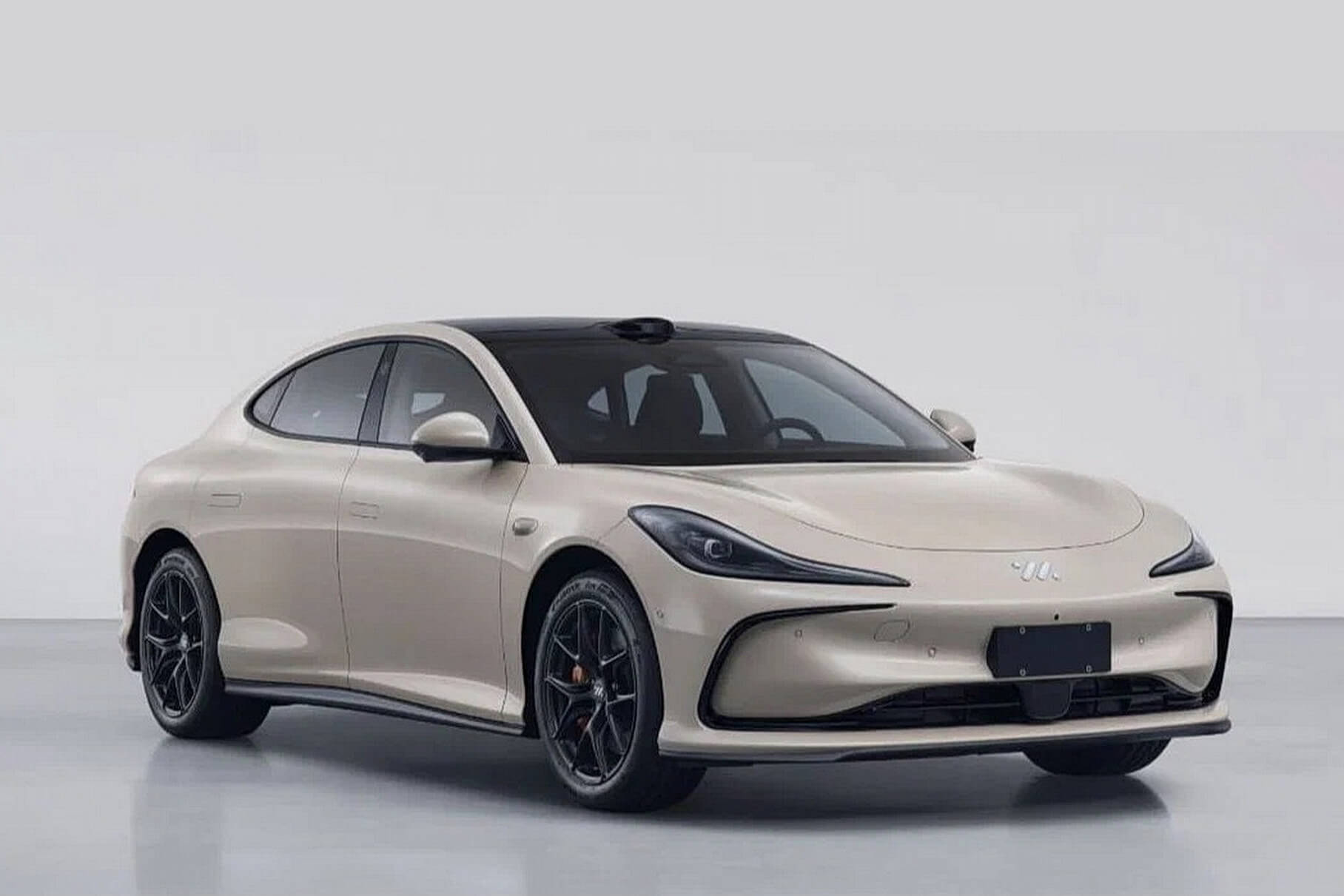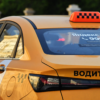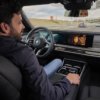The press service of the IM brand (a joint project of the SAIC concern and the IT giant Alibaba) confirmed that the new L6 model exceeded the result of the Citroen Xantia by a large margin. The electric “Chinese” managed to pass the corridor with a sharp lane change at a speed of 90.96 km/h, while the result of the French liftback 25 years ago was 85 km/h. Previously, production models had failed to break the record.
The IM L6 electric sedan is known for being able to pass the moose test without a driver, and at a respectable speed. The result with an experienced driver was completely surprising: 90.91 km/h – much faster than the results of the Porsche 718 Boxster (79 km/h) or the BMW M4 (76 km/h). It’s all about the special suspension and well-calibrated driver assistance systems.
A steering wheel instead of a steering wheel and a power reserve of 1000 km: sales of the IM L6 electric sedan have begun. Experts have listed the main “sores” of Chinese cars. Why does the world need so many Chinese cars and how to understand them?
The “battery” sedan has a “digital” chassis: the computer evaluates the overloads acting on the car along three axes in order to minimize roll and avoid uneven load on the tires. During sharp, high-speed maneuvers, the IM L6 remains stable and stable, allowing for higher cornering speed limits. Other factors include a fully controlled chassis, adaptive suspension, and an advanced stabilization system that works 30% faster than a traditional one.
Although the IM L6 is a very fast electric car (acceleration from 0-100 in the top version takes 2.74 seconds), the price is reasonable: the most equipped sedan costs 346 thousand yuan ($49 thousand). In the Middle Kingdom, sales began a month and a half ago, but dealers do not yet have all the configurations – deliveries of electric cars with a semi-solid-state battery and an autonomy of 1000 kilometers will be delayed until the fall.
Fresh greens: new Chinese electric cars







